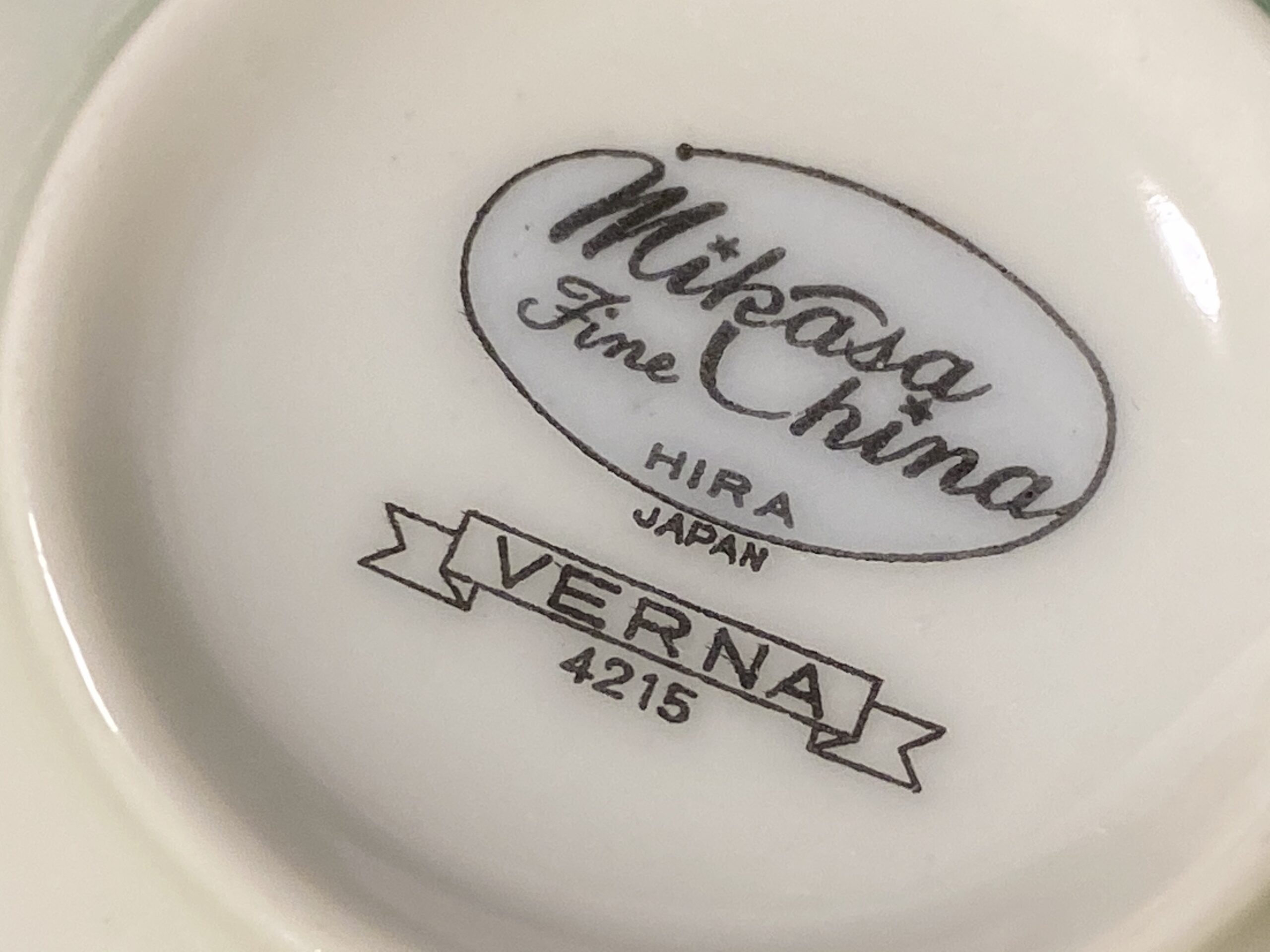Mikasa Fine China Hira Japan, “Verna” pattern (4215) teacup: As high as 11,200 ppm Lead on decorative pattern (inside & outside!)
For those new to this website:
Tamara Rubin is a multiple-federal-award-winning independent advocate for childhood Lead poisoning prevention and consumer goods safety, and a documentary filmmaker. She is also a mother of Lead-poisoned children (two of her sons were acutely Lead-poisoned in 2005). Since 2009, Tamara has been using XRF technology (a scientific method used by the U.S. Consumer Product Safety Commission) to test consumer goods for toxicants (specifically heavy metals — including Lead, Cadmium, Mercury, Antimony, and Arsenic). All test results reported on this website are science-based, accurate, and replicable. Items are tested multiple times to confirm the test results for each component tested. Tamara’s work was featured in Consumer Reports Magazine in February of 2023 (March 2023 print edition).
Sunday #Fundraiser! 5/23/2021
Post #4 of 10!

For Sunday 5/23/21 I promised to publish one article (with XRF test results for a consumer good not previously reported!) for each contribution (in any amount) that came in support of the work of the Lead Safe Mama Team. The Goal: To raise (from contributions) or earn (from deposits for future events or home consultations) $4,535 by the end of the month. Ten friends have so far contributed $335! (Only $4,200 left to raise!)
This piece is #4 (number FOUR!) of the 10 posts promised (since TEN contributions came in on Sunday)! Thank you for being here. If you are in a position to make a contribution in support of this collaborative work, here are the different platforms for giving (all contributions are reported as business income to Lead Safe Mama, LLC):
- Venmo: @TamaraERubin
- Zelle: @503-702-2708
- PayPal: TamaraRubin@Mac.com
- GoFundMe: http://www.GoFundMe.com/LeadSafeMama

Note: All test results reported here were repeated multiple times to confirm the results. Each component was tested for 30 seconds or longer for each test. Results are science-based, accurate, and replicable. To learn more about the testing reported on this website, please click here. The work reported here is a collaborative effort between the Lead Safe Mama team and our readers. Readers send us things for testing and also help us cover the costs of the testing reported on the site. In this way, the test results shared here are truly independent of any industry or specific corporate influence.Click here for more details on how to send in an item for testing.
Reading #1) Food surface of dish — on the white part of the cup
- Silver (Ag): 13 +/- 5 ppm
- Bismuth (Bi): 106 +/- 16 ppm
- Iron (Fe): 6,065 +/- 354 ppm
- Indium (In): 22 +/- 10 ppm
Reading #2) Food surface of teacup — on the floral (interior & exterior) design (pink area)
- Lead (Pb): 7,292 +/- 182 ppm
- Cadmium (Cd): 18 +/- 8 ppm
- Silver (Ag): 34 +/- 7 ppm
- Tin (Sn): 158 +/- 18 ppm
- Platinum (Pt): 165 +/- 72 ppm
- Zinc (Zn): 983 +/- 67 ppm
- Iron (Fe): 4,412 +/- 300 ppm
- Indium (In): 35 +/- 11 ppm
Reading #2a) second reading of floral design (gray/ yellow area)
- Lead (Pb): 11,200 +/- 300 ppm
- Antimony (Sb): 54 +/- 20 ppm
- Silver (Ag): 16 +/- 6 ppm
- Tin (Sn): 263 +/- 21 ppm
- Platinum (Pt): 277 +/- 85 ppm
- Zinc (Zn): 950 +/- 66 ppm
- Cobalt (Co): 286 +/- 112
- Iron (Fe): 5,829 +/- 345 ppm
- Indium (In): 36 +/- 12 ppm
Reading #3) Platinum/ metallic/ gold edging on teacup
- Bismuth (Bi): 100 +/- 14 ppm
- Gold (Au): 988 +/- 67 ppm
- Iron (Fe): 5,543 +/- 308 ppm
Reading #4) Logo area on bottom of teacup
- Lead (Pb): 13,500 +/- 400 ppm
- Cadmium (Cd): 28 +/- 10 ppm
- Palladium (Pd): 13 +/- 6 ppm
- Zinc (Zn): 463 +/- 52 ppm
- Cobalt (Co): 2,147 +/- 196 ppm
- Iron (Fe): 2,183 +/- 249 ppm
- Indium (In): 34 +/- 14 ppm

Never Miss an Important Article Again!
Join our Email List














